Art Market
13 Famous Artist Couples’ Massive Gender Pay Gaps

Photo by Lipnitzki/Roger Viollet/Getty Images.
How much is a Y chromosome worth in the art market?
History is full of famous artist couples who inspired one another and fed each others’ creativity, whose passionate affairs helped push them to their artistic limits.
But as important as they were to one another, their importance as gauged by the art market is often deeply asymmetrical, with male artists frequently outperforming their female partners at auction, often by orders of magnitude.
Among 13 couples examined by Artsy, male artists had a higher auction record 69% of the time. And the difference is nothing near the roughly 80 cents on the dollar gender gap in economies such as the U.S. and the U.K. There are far more dramatic differences in auction records, with male artists’ records coming anywhere from 150% higher to 65,347% higher than their female partners. That, in part, reflects the art market’s tendency to handsomely reward a handful of “superstars,” who are nearly always men.
To be sure, the couples’ work often diverged, and there is broad consensus that certain artists—say, Pablo Picasso—definitively shifted the trajectory of art history in ways that their partners (in Picasso’s case, his partner of a decade, the painter Françoise Gilot) did not. But these examples reflect a wider pattern of buyers discounting art made by women, one documented in a working paper (meaning it has not yet been published or peer-reviewed) released in early December, which found that female artists’ work consistently sells for less than men’s at auction, and that the biggest determinant in the price gap is the level of gender inequality where the work was sold.
The paper, “Is Gender in the Eye of the Beholder? Identifying Cultural Attitudes with Art Auction Prices,” looked at 1.5 million transactions for paintings by over 62,000 artists born after 1850, sold at auction in 45 countries between 1970 and 2013. It found an overall 47.6% “gender discount” in prices, but the difference varied widely by country. The discount was higher in countries with greater gender inequality, as measured by five proxies: the United Nations Gender Inequality Index, the World Economic Forum Gender Gap Index, female labor force participation, women’s share of parliamentary seats, and educational enrollment ratio. The “gender discount” was not specific to an auction house or driven by specific auctions. Even for the same artist, the price discount varied depending on where her work was sold.
“A woman sells for less in a more gender unequal country,” said Renée Adams, who co-wrote the paper with Roman Kräussl, Marco Navone, and Patrick Verwijmeren. “This is a very powerful way to rule out the idea that it’s differential ability or education that explains the price differential for women.”
The researchers complimented their analysis with an experiment in which they asked 880 participants to look at a set of paintings, half by men and half by women, and identify the gender of the artists. The participants said the painters were men 62.7% of the time, suggesting “that people associate art with men,” Adams said. “It illustrates people’s attitudes or expectations regarding artists.” A second experiment, with 1,823 participants, found that affluent men who go to art galleries with some regularity were less likely to like paintings if they thought they were made by women.
That finding was reinforced, anecdotally, by some of the feedback Adams received on the paper as she and her colleagues presented it to peers. One economist asked her, “Have you considered the fact that women can’t paint?”
Adams pointed out that that idea is exactly what the paper rules out, a sign that his attitude was deeply embedded. But there are signs that those views are shifting, as major museums and galleries exhibit and take on more female artists, as well as artists from other historically marginalized groups. In addition, Adams and her colleagues found women artists’ prices appreciate more rapidly than their male peers, suggesting that they were previously undervalued.
Still, there’s a long way to go before the market assigns women anywhere near the values men get. The world auction record for a female artist is $44.4 million for a painting by Georgia O’Keeffe. That’s one-tenth of the $450 million sale price notched this year for a Leonardo da Vinci painting, although other factors, such as scarcity, art historical importance, and some murky geopolitical issues, were also at play. Yet even between artist couples, who clearly saw tremendous value in one another, and who often co-founded or participated in important art movements on equal terms, the values assigned to them diverge. The market creates a distance between them at odds with the intimacy with which they lived and created.
Below, 13 famous art-world couples and the gaps between each one’s auction record, retrieved from the Artnet Price Database on December 13 and 14, 2017. The “pay gap” in this case is calculated as a ratio of the higher earner’s record and the lower earner’s record, which includes the buyer’s fees charged by auction houses. The absolute difference between their values is also provided.
Introduced by a mutual friend, Elaine and Willem were reportedly smitten at first glance. She went on to paint John F. Kennedy’s presidential portrait, was an accomplished writer, and taught at some of the country’s most prestigious art schools. He painted murals for the Works Progress Administration, and later became, with Elaine, a key figure of Abstract Expressionism, alternatively known as the New York School. His Untitled XXV (1977) sold at Christie’s in 2016 for $66.3 million. The figure is 653.5 times Elaine’s auction record of $101,500, set by a 1963 charcoal portrait of President Kennedy, sold at Sotheby’s 1996 auction of the Estate of Jacqueline Kennedy Onassis. The difference in price is $66,226,000, the second-largest gap by that measure.
Françoise Gilot and Pablo Picasso
Few artists’ auction track records are as gilded as Picasso’s. He famously courted Gilot, 40 years his junior, by bringing the 21-year-old a bowl of cherries as she was eating in a restaurant. He later told her, “For me there are only two kinds of women: goddesses and doormats,” although Gilot was clearly neither —she was an intellectual, the only child of a ceramicist mother and chemist father, and a bright, lively painter. His auction record of $179.3 million, for the 2015 sale of Les Femmes d’Alger (Version ‘O’) (1955) at Christie’s New York amounts to 258.1 times Gilot’s record of $695,000, for Étude Bleue (1953), sold in 2014 at Sotheby’s New York. Thanks to his nearly untouchable prices, their absolute difference in price is far and away the largest, at $178,669,992.
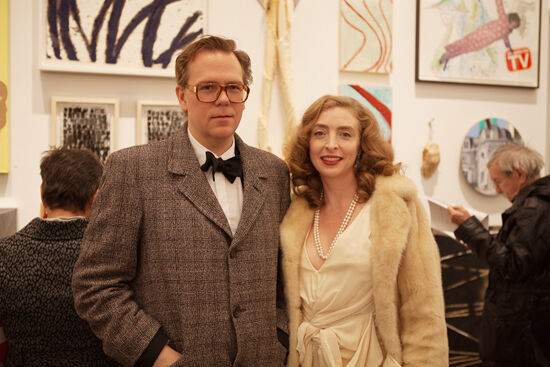
John Currin and Rachel Feinstein. Photo by John Houck.
This pair, dubbed “the ruling power couple in today’s art world” by the New York Times, have the second-largest pay gap. His painting of two laughing nudes, Nice ‘n Easy (1999) sold in 2016 at Christie’s in New York for $12 million, 329.5 times her record of $36,441, for Wagenburg, a colorful 2001 sculpture of painted wooden horses sold at Menzies Art Brands in Australia in 2013. The simple difference in price, $11,971,059, is the sixth-largest.
Lee Krasner and Jackson Pollock
Krasner had already established herself as an abstract artist and was a key figure in 1930s New York before she met Pollock, who she married in 1945. It was through her, also, that Pollock met the prominent critic and theorist Clement Greenberg, who became Pollock’s biggest booster, calling him “the greatest painter [the U.S.] has produced.” The art world has come around to Krasner’s own exceptional talents as a painter, with museum shows highlighting her contributions to Abstract Expressionism, but the market still heavily favors Pollock. His 2013 auction record of $58.3 million for the 1948 Number 19 at Christie’s New York is 10.6 times her record, achieved in November 2017 at Christie’s New York, of $5.4 million for Shattered Light(1954).
Marina Abramović and Ulay
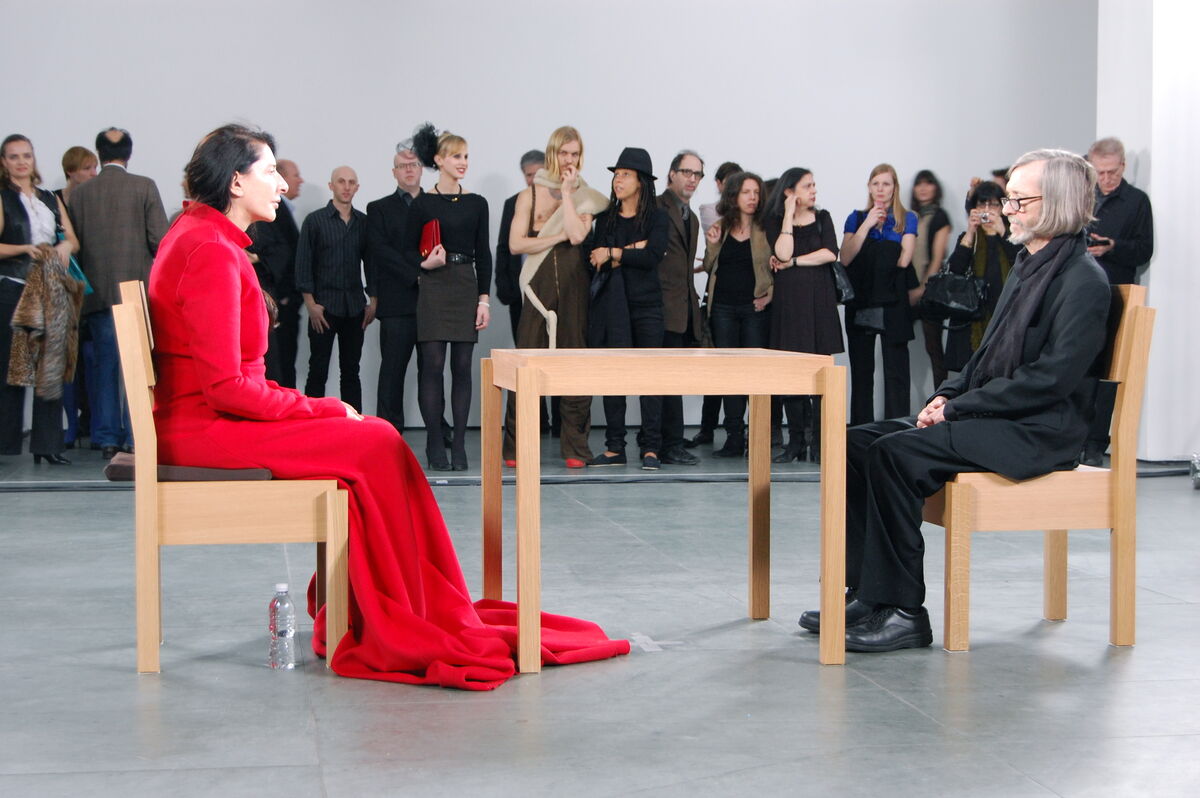
Marina Abramović,The Artist is Present, 2010. Photo by Andrew Russeth via Wikimedia Commons.
Neither Abramović nor her former longtime partner Ulay (the two split in 1988) are auction heavy-hitters, since their practices are mostly performance-based. In their case, the more widely known Abramović has the financial upper hand. Her 2015 record of $365,000 for The Complete Performances (1973-75) is 188.9 times larger than Ulay’s $1,932, the lowest record in the sample for his 9 Polaroids: Untitled (1974). The difference in price, of $363,068, is the smallest in the group.
Gabriele Münter and Wassily Kandinsky
Münter met Kandinsky at the Phalanx art school, where he taught and she studied. They were founding members of the New Artists’ Association; he became a teacher at the Bauhaus and one of the most renowned abstract painters of his time. Both were founding members of the German Expressionist painting movement known as The Blue Rider. Despite their joint professional endeavors, his 2017 auction record of $41.8 million at Sotheby’s in London for Painting with White Lines (1913) eclipses her $1.18 million for Landscape with Farmhouse (2015) at Sotheby’s in New York, by a multiple of 35.2, the fifth-largest gap. Their absolute difference is also the fifth largest, at $40,618,396.
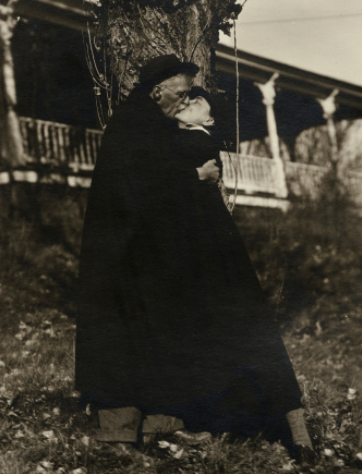
Alfred Stieglitz and Georgia O’Keeffe.
According to legend, on seeing a group of O’Keeffe’s early charcoal drawings, Stieglitz exclaimed, “At last, a woman on paper!” If, as he suspected, the subjects of her most recognizable works (flowers that to many viewers evoke female genitalia) are traditionally “feminine,” she’s managed to transcend that when it comes to the auction market. She’s one of two women to crack the top 100 artists sold at auction (the other is Louise Bourgeois). Her auction record of $44.4 million is 30.2 times Stieglitz’s, of $1,472,000. Some small part of the difference can be explained by medium: Her record-setting work, Jimson Weed/White Flower No. 1 (1932), is an oil painting, while his works are photographs, including his record work, Georgia O’Keeffe (Hands) (1919). She’s also a valuable subject: Five of his six highest-priced photos are of her hands, face, or nude torso. Her total record is $42.9 million higher than his, the fourth-largest difference.
Sophie Taeuber-Arp and Hans Arp
Both Sophie and her husband Hans, or Jean, were founding members of the Dada movement, a Zürich-based interdisciplinary reaction to the horror of World War I that took the form of joyous, raucous, and primal works of dance, appropriation, and more. Arp’s 2017 auction record of $4.8 million for Torse des Pyrénées (1959–62), a fluid bronze statue of a torso, achieved at Sotheby’s in New York, is 3.5 times Taeuber-Arp’s $1.4 million record for the painted wood sculpture Tête Dada (1920), notched in Paris in 2003, and a gap of $3.4 million.
Anni and Josef met and fell in love as students at the Bauhaus in 1922; she was studying textiles, he, glassblowing. Anni’s woven wall-hangings, while recognized for their innovative use of color and abstraction, still sell for a fraction of Josef’s “Homage to the Square” works, paintings of colored squares nested inside one another. His most valuable Homage to the Square: Temperate (1957) sold at Sotheby’s in London this year for $3 million, 23.9 times Anni’s record sale, a 1946 cotton-and-silk tapestry entitled With Verticals, which went for $125,600 in 2004 at Phillips in New York. That’s a difference of roughly $2.9 million.
Barbara Hepworth and Ben Nicholson
A second marriage for both, the partnership between Hepworth, a sculptor, and Nicholson, a painter, was described by the Tate as “a way of working that was almost like a collaboration.” The two traveled widely in Europe and visited with the leading artists of their time. Hepworth’s curvy, smooth, sculptures have commanded higher prices at auction. Her record of $7 million for Figure for Landscape (1959-60), a 8.5-foot bronze, was achieved at Christie’s in London in 2014 and is 1.5 times higher than Nicholson’s 2016 record of $4.6 million for April 57 (Arbia 2), also sold at Christie’s in London, edging him out by $2.4 million.
Lee Miller and Man Ray
Miller learned photography from the Surrealist master Man Ray; they were also lovers and she has been described as his “muse.” But she swiftly went on to her own career as a portraitist, war photographer, and inventor. As a writer for the Guardian noted, “she not only outmanned Man Ray in creating her own works, but was instrumental in the invention of the ‘solarisation’ technique (a partial reversal of blacks and whites that creates a silvery aura).” Still, his 2013 auction record of $5.8 million for Promenade(1916), at Sotheby’s New York, is 15.6 times higher than her $377,000 record notched in 2014 for Untitled (Iron Work) also at Sotheby’s New York. It’s also a difference of $5.5 million.
Sonia Delaunay and Robert Delaunay
Robert achieved renown for exploring color as a painter; the Ukraine-born Sonia did the same, but took her explorations out into the world, designing fabrics, clothing, and interiors. Together, they developed the idea of Simultanism, based on the notion of “simultaneous contrast,” or a color’s tendency to look different depending what color it’s next to; they’re also noted for their long-term association with Orphism. Although Sonia has been the subject of several recent retrospectives, including a 2015 show at the Tate Modern, Robert achieved earlier and greater renown, which is reflected in his pricing. His Tour Eiffel (1926) painting sold for $5.9 million in 2012 at Christie’s London, while Sonia’s wax on canvas Marché au Minho(1915) sold for $3.8 million in 2002 in Paris. His work was valued at 1.5 times hers, or $2.06 million more.
Kahlo’s iconic image—the unibrow, the defiant gaze, the colorful indigenous clothing—has prompted a global wave of “Fridamania,” which has helped propel the Mexican artist’s market beyond that of her husband, the muralist Rivera. Her 2016 record of $8 million, for Dos Desnudos en el Bosque (La Tierra Misma) (1939), a painting on metal sold at Christie’s in New York, is 2.6 times that of Rivera’s, $3 million for the large-scale oil on canvas Baile en Tehuantepec (1928) at Sotheby’s New York in 1995, and a difference of $4.92 million.
Anna Louie Sussman is Artsy’s Art Market Editor.


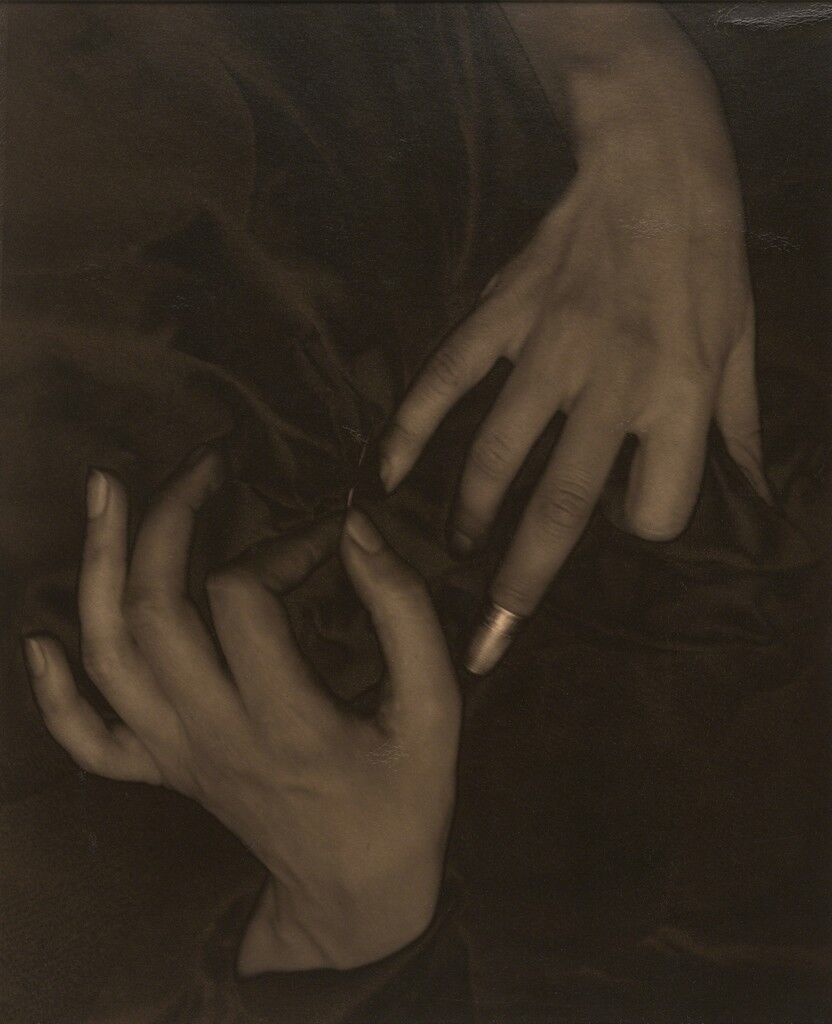

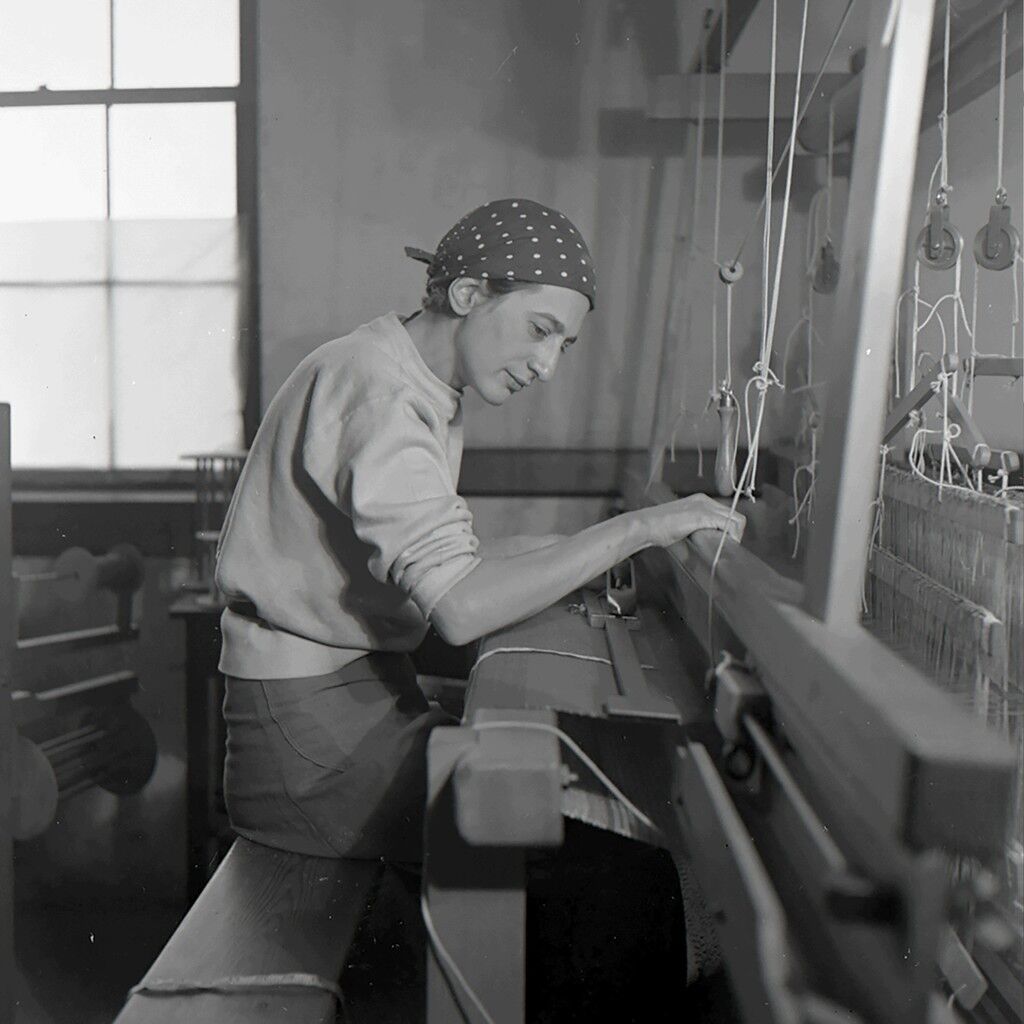
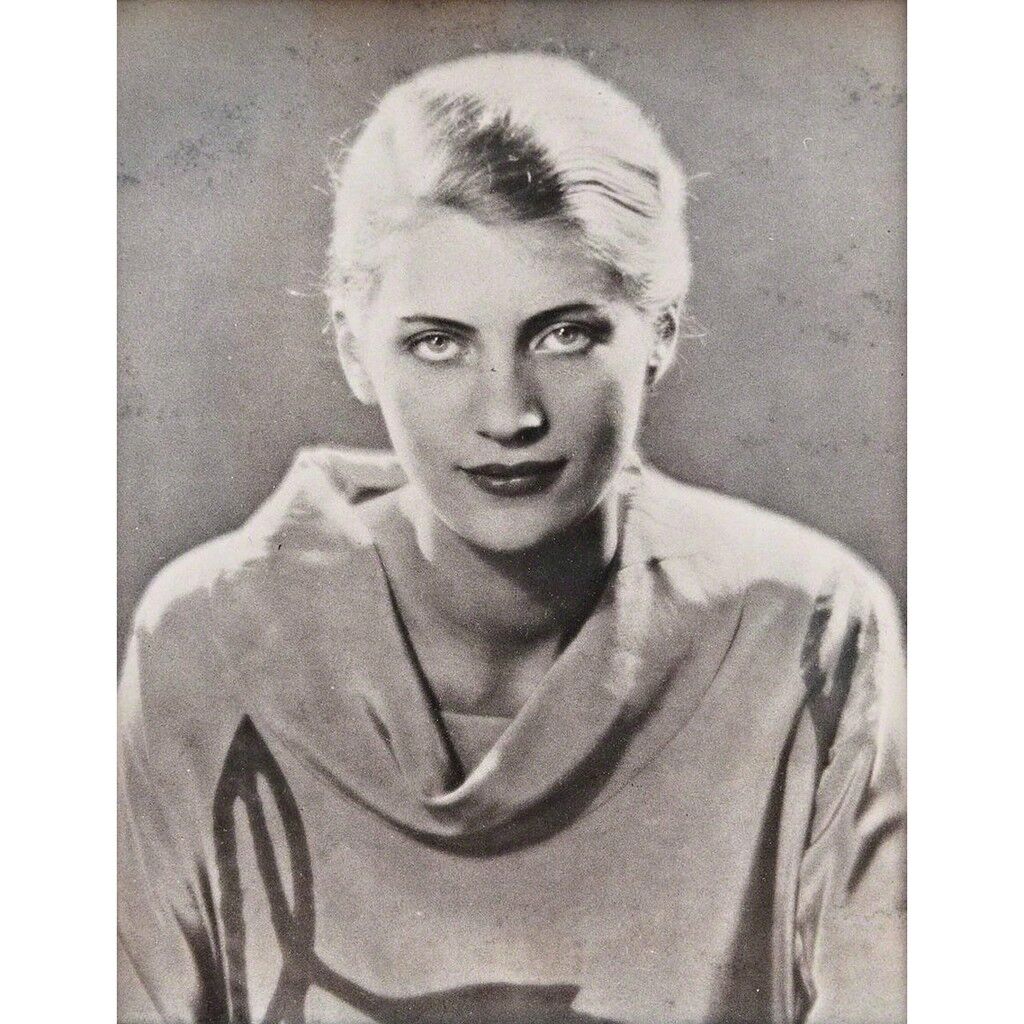
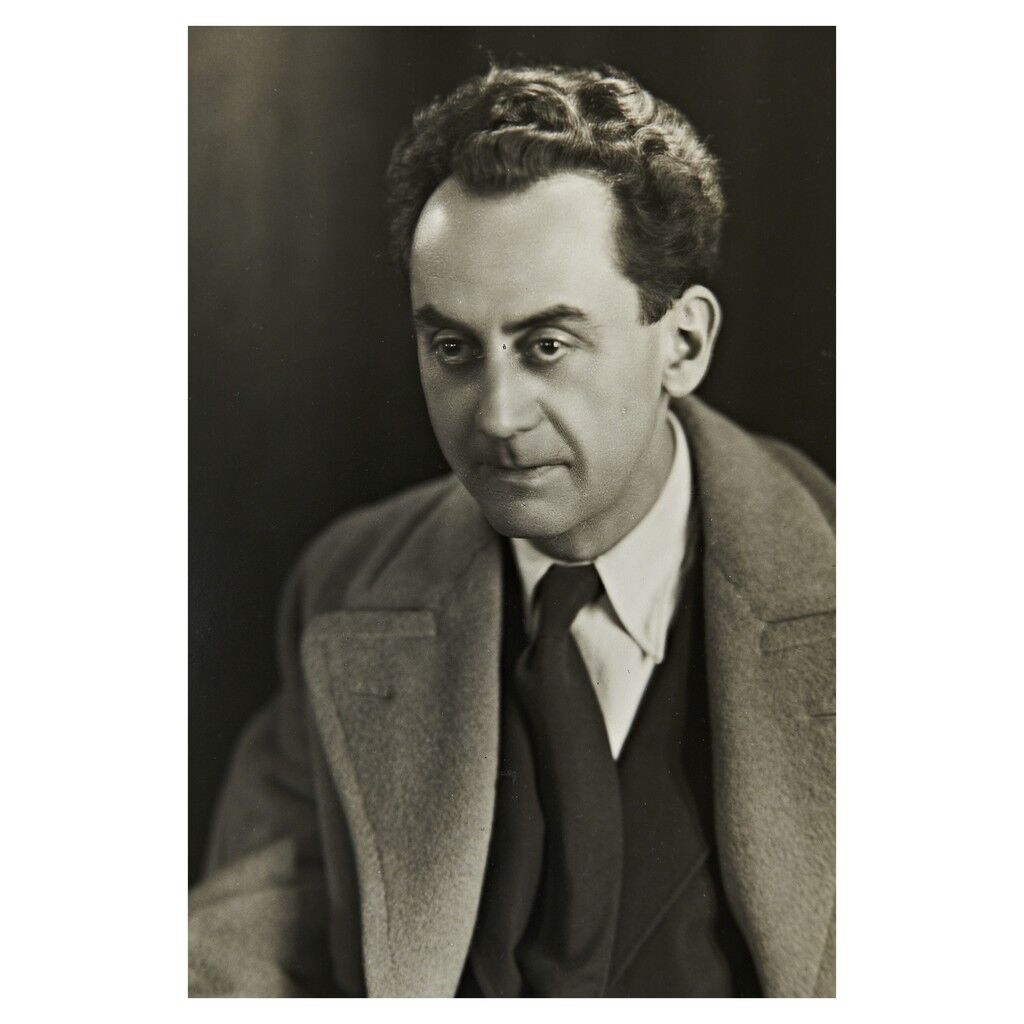
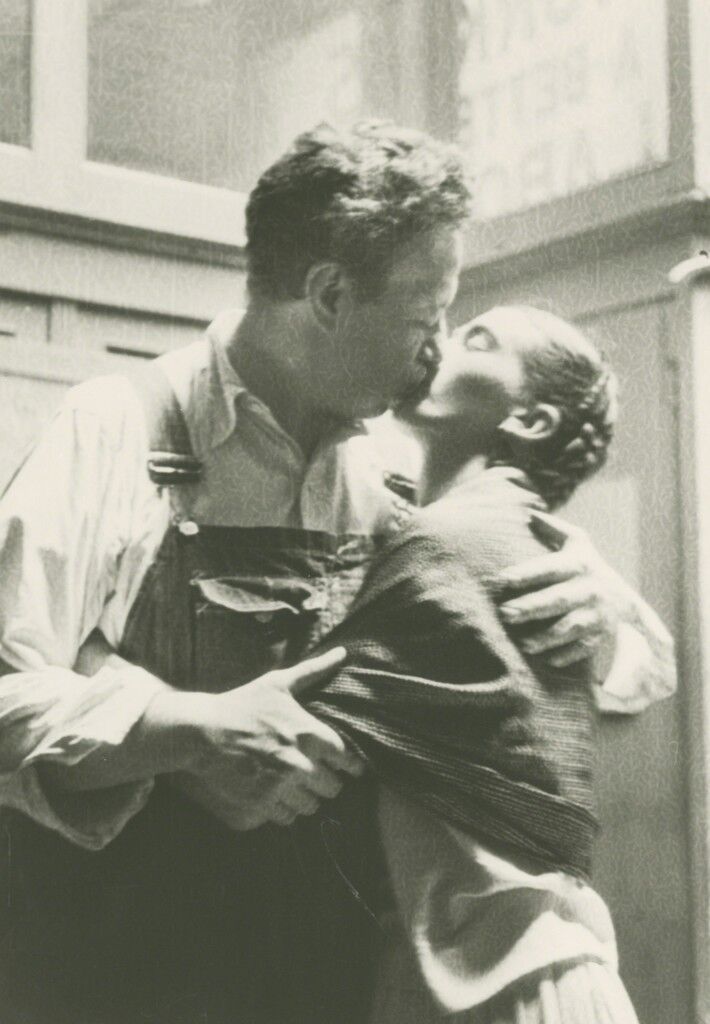
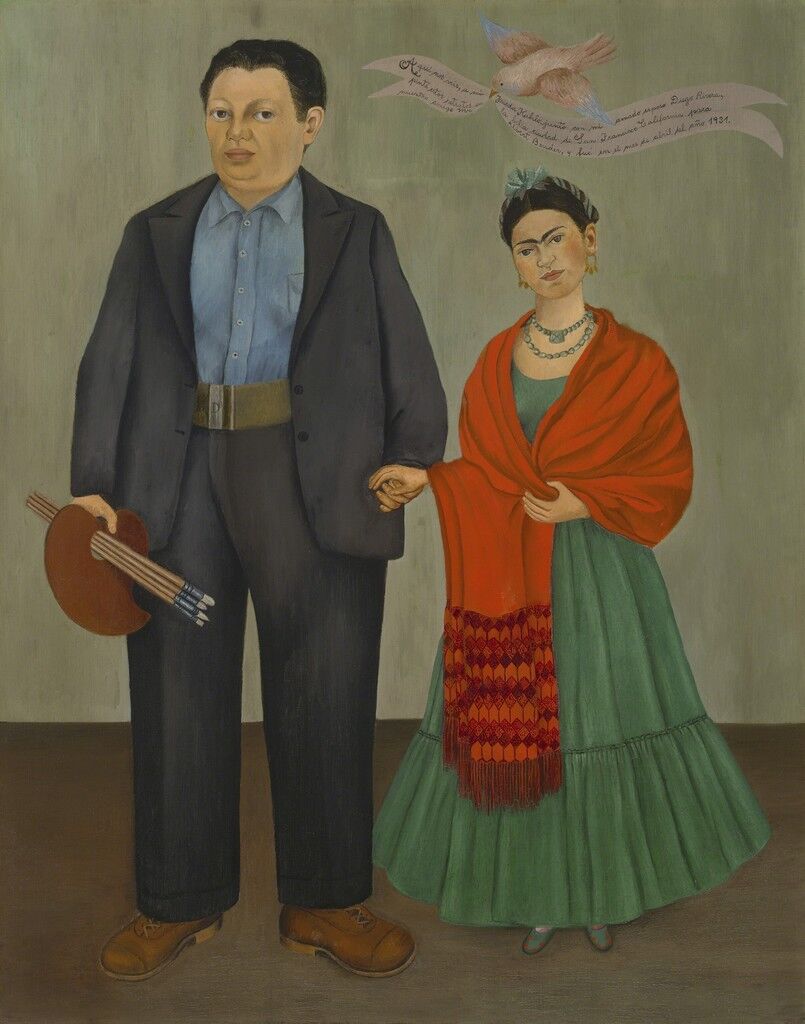
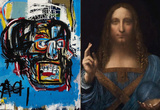

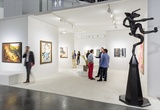
No comments:
Post a Comment